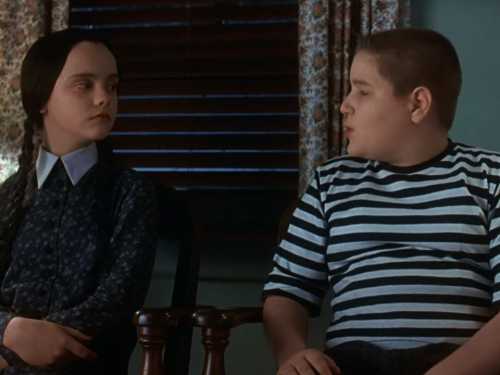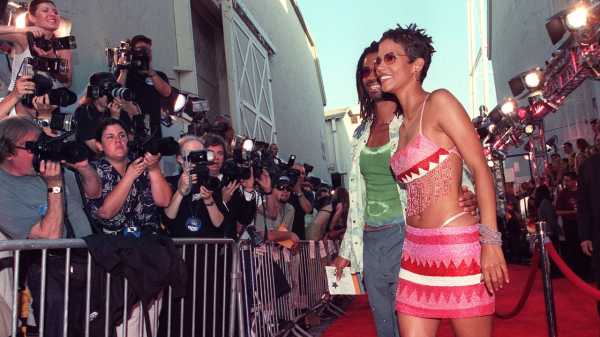
We are living in an age of red-carpet ubiquity. Lately, the question of who will wear what on which award show step-and-repeat has become nearly as common as the question of who will take home a trophy. (The sixty-year-old Michelle Yeoh, the star of “Everything Everywhere All at Once,” who this January became the second performer of Asian descent to ever win a Golden Globe for best actress in a musical or comedy, got almost as much press attention for her elegant, sequinned Armani Privé gown as she did for her pathbreaking achievement.) And, although this fanfare is loudest during Oscars season, its drumbeat is heard all year round. The carpet is unfurled not just for awards shows and galas but for movie premières, charity dinners, product launches, and pop-up experiences, with online tabloids, fashion Web sites, and dedicated social-media accounts documenting the various celebrity looks.
But there’s a dutiful feeling to these posts. (“Kristen Stewart wore DOLCE & GABBANA to the Critics’ Choice Awards. This is not a drill,” one caption trumpets, reading as if the person who wrote it had a gun held to their head.) Lately, I’ve been feeling a little exhausted by red-carpet roundups, where even the so-called worst-dressed—the supposed outliers—appear fairly immaculate. Were the “voluminous purple sleeves” on the Valentino Haute Couture gown that Selena Gomez wore to the Golden Globes really so “baffling,” to use the words of the Daily Mail? Did the “White Lotus” actress Beatrice Grannò’s slicked-back hair at the SAGs really make her look as if she “emerged from the Italian ocean”? (What ocean?) Even the more extreme, and rare, examples of overt bad taste (such as Shania Twain in sequinned Dalmatian spots or Harry Styles in a nipple-baring harlequin look, or, for that matter, Julia Fox in her PVC and denim confections) seem to be in on the joke, campily showboating their awareness of their own garishness, as if to say, Let’s give them something to talk about. The truth is that most everyone on the red carpet nowadays seems to know exactly what they’re doing and what standards they need to adhere to or seemingly depart from (not to mention what injectables and Ozempic regimen they must partake in), and what we end up getting as viewers is a glut of self-conscious, celebrity-stylist-ministered predictability.
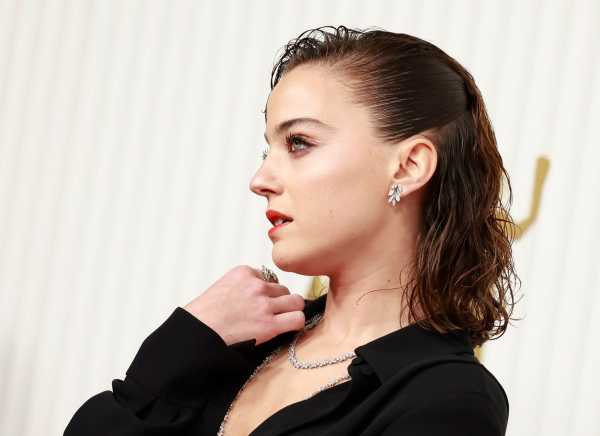
The “White Lotus” actress Beatrice Grannò sported slicked-back hair at a recent award show.Photograph by Emma McIntyre / Getty
For a reminder of what the red carpet used to be, however, one can turn to a niche corner of Instagram, where some seeming step-and-repeat hobbyists have begun to collect examples of the genre from recent history. One account on the case is @nightopenings, which mostly posts slide shows of Los Angeles- and New York-set movie premières circa the nineteen-eighties and nineties. I’m old enough to remember how people used to dress for events in those decades, but to see evidence of it in pictures today is to experience a pleasant shock. This isn’t because the outfits are especially zany: it’s because they appear unpremeditated, or at least not thought out to within an inch of their lives. Here we have John Malkovich and Uma Thurman at the 1988 première of their film “Dangerous Liaisons”; Ryan Phillippe and Reese Witherspoon at the 1999 première of “Cruel Intentions,” an updated take on the same story; Oliver Stone on the “JFK” red carpet; and Eddie Murphy at the “Soapdish” première, in 1991. Murphy is wearing a sheer button-down and a do-rag, Malkovich a suit, Stone a “Rock the Vote” lanyard, and Witherspoon a demure, slightly rumpled outfit. The ascent of the celebrity stylist, felt so intensely in the past two decades, had yet to take place, and it shows: the looks often seem thrown together, untailored, with a wealth of mismatched belts and heels and inexplicable jewelry. (Sylvester Stallone’s dog-tag necklace at the 1984 “Ghostbusters” première is a case in point.) The vibe is loose, almost D.I.Y. (Might it be that even these celebrities’ skin seems a bit less taut and shiny than that of today’s stars?) And, though it’s fun to try to guess which designers had made some of these outfits (Is Malkovich wearing Armani? Is Thurman’s suit Yohji?), the fact that the account doesn’t tag any of these brands feels refreshing, a throwback to a time before every red-carpet moment was a co-branding opportunity.
There are other accounts devoted to a similar concept: @rkeyoharaiii, which, like @nightopenings, posts movie-première snaps, among others, from the eighties and nineties, and @gettyimagesfanclub, which includes pictures preserved by the stock-image archive of stars both on and off the red carpet. One such picture, from the Vanity Fair Oscars party in 2001, features, posed together, Pamela Anderson in wraparound sunglasses, a belly shirt, and a denim micromini, John Waters in a tuxedo, David LaChapelle in a baggy untucked button-down, and Elizabeth Hurley in a slinky white-and-silver Versace number—and the whole thing feels like the platonic ideal of red-carpet chaos. (“They’re all dressed for different events lol,” one commenter noted.)
For those in their teens and twenties, these accounts offer a gold mine of references that read as jarringly new, and ready for adopting. So many of the eighties and nineties looks that the men, especially, wear in these pictures—Chevy Chase in double denim; Garry Shandling in clear-framed glasses and a boxy blazer; Spike Lee in a Malcolm X cap—are currently alive and well, at least in somewhat updated and remixed versions, on the streets of Clinton Hill and Los Feliz. And, for those who, like me, lived through the latter decades of the twentieth century, there’s a nostalgic comfort in looking at these images, a yearning in the “were we ever so young” vein for what at least appears now to have been a simpler time. (This is especially true when it comes to archival photos of celebrities who remain fixtures on the red carpet today, such as Halle Berry, who used to make headlines for appearing on the carpet in glitzy night-club-ready outfits, exposed thong and all.)
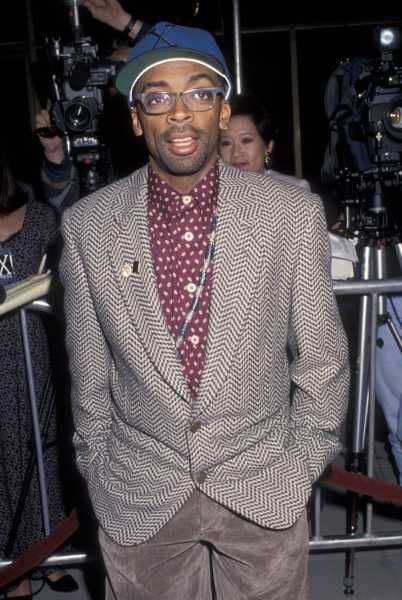
Spike Lee in a Malcolm X cap.Photographs by Ron Galella / Getty
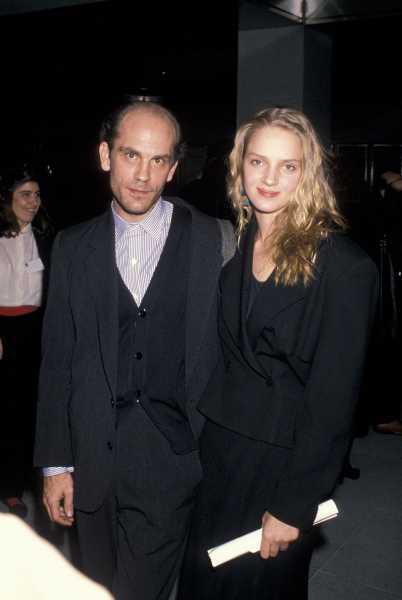
John Malkovich and Uma Thurman at the “Dangerous Liaisons” première.
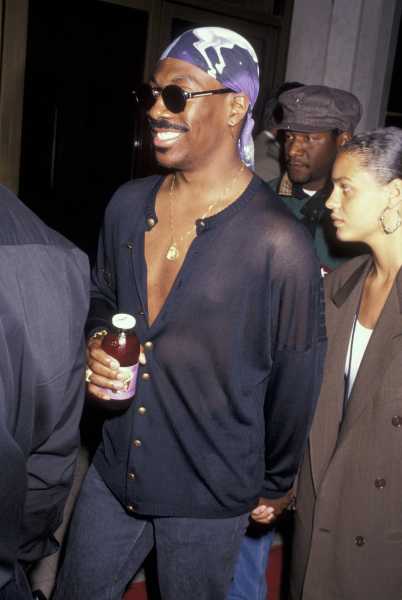
Eddie Murphy and Nicole Mitchell at the “Soapdish” première.
There are still ways to get thrills from the modern-day red carpet, though it requires much more effort from the viewer (if not an entire contortion of one’s self). It seems that culture has, in recent months, collectively turned against “nepo babies”—celebrity spawn—as if the myth of meritocracy hadn’t already been punctured long ago. But I’ve found myself weirdly reassured by the nepo-baby phenomenon, particularly when I see the babies on the step-and-repeat. I grew up watching the parents, and now, whether I like it or not, I’m watching the kids, and there’s something cheering about that continuity. The world might be coming to an end—but not quite before we get to see Lily-Rose Depp follow in her mother’s Chanel footsteps: the circle of life!
Other young celebrities have recently appeared on the carpet in getups that left me a warm and fuzzy feeling. Seeing Olivia Rodrigo at the Billboard Women in Music Awards wearing a brown bustier and low-slung horse-printed Chloé pants, designed by Stella McCartney, from the Spring/Summer 2001 collection, took me all the way back. And, though the look, which débuted on the runway before the twenty-year-old Rodrigo was born, was orchestrated by the stylist Danielle Goldberg, it felt, for once, a little looser, a little more fun. It was, after all, as another popular roundup Instagram account noted, an outfit that was worn way back when by Carrie Bradshaw. ♦
Sourse: newyorker.com
